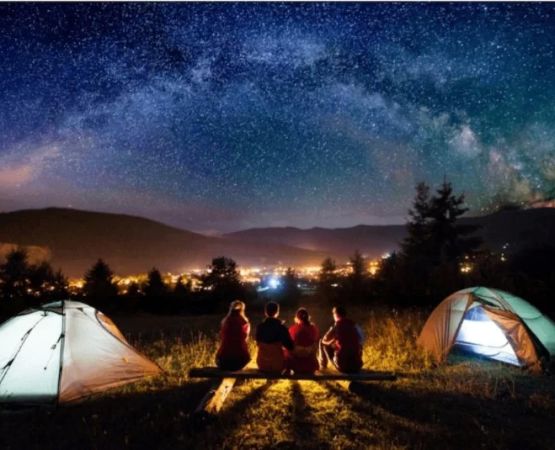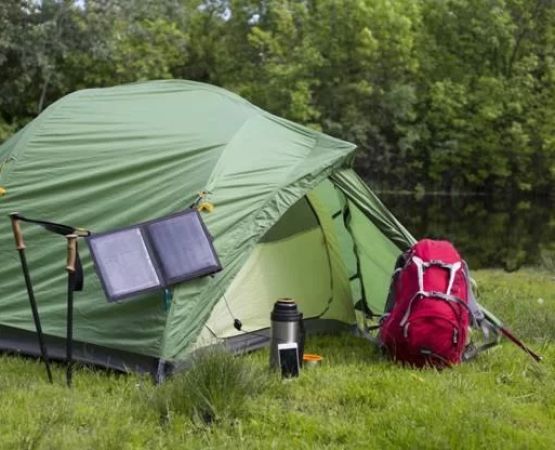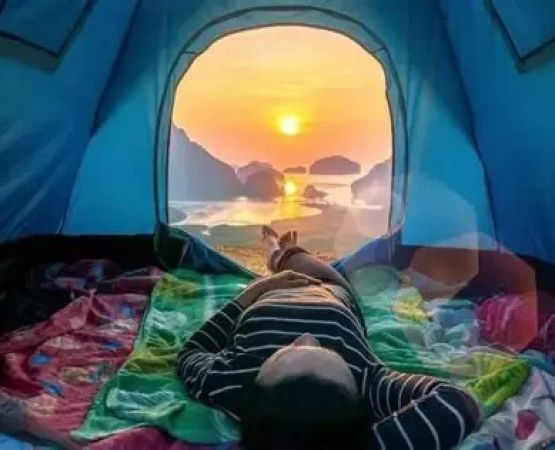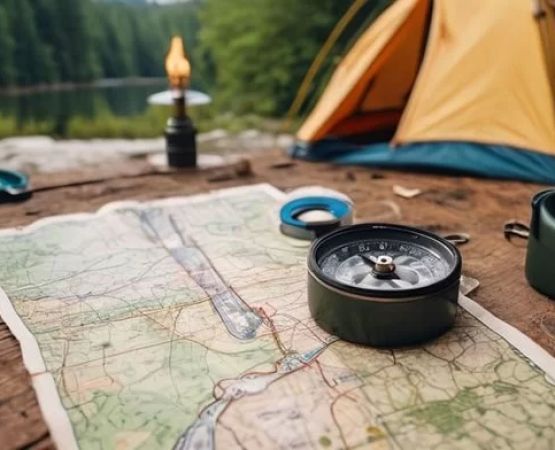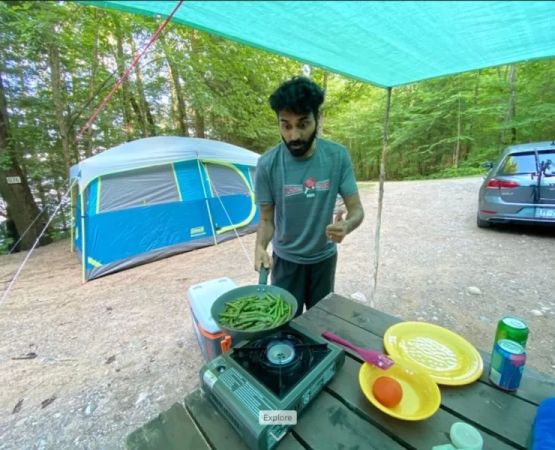Essential Gear for Camping in Cold Weather
As someone who enjoys the quiet beauty of nature during the colder months, I’ve had my fair share of experiences with cold weather camping. While it can be incredibly rewarding, it’s also crucial to have the right gear to ensure your comfort, safety, and enjoyment. In this article, I’ll share what I’ve learned over the years about the essential gear for camping in cold weather and why each piece is important. If you're planning to venture out into the wilderness during the colder months, these are the items you should definitely have on hand.
1. Insulated Sleeping Bag
One of the first items you’ll need to consider for cold weather camping is a high-quality insulated sleeping bag. During winter nights, temperatures can plummet well below freezing, and without the right sleeping bag, you risk losing precious body heat while you sleep. I’ve learned this lesson the hard way on one of my early camping trips, when a subpar sleeping bag left me shivering all night.
1.1 Sleeping Bag Temperature Rating
When choosing a sleeping bag, it’s important to look at its temperature rating. A sleeping bag with a “20°F” rating is a good starting point for most winter camping trips, but if you plan to camp in more extreme conditions, you might want to look for bags rated for even lower temperatures. Don’t forget to consider the material, too. Down sleeping bags are known for being lightweight and highly insulating, but synthetic bags tend to perform better when wet.
2. Layered Clothing System
Staying warm while camping in the cold requires wearing the right layers. The key is to start with moisture-wicking base layers to keep sweat away from your skin, add an insulating mid-layer for warmth, and finish with a windproof and waterproof outer layer to protect against the elements. I’ve found that layering makes it much easier to regulate your body temperature, whether you’re hiking, setting up camp, or relaxing by the fire.
2.1 Base Layers
Your base layers, like thermal underwear and socks, are the first line of defense against the cold. I prefer merino wool for base layers because it’s soft, warm, and naturally moisture-wicking. If you’re planning on being active, like snowshoeing or cross-country skiing, a synthetic material like polyester might be better at moving sweat away from your body.
2.2 Insulating Layers
For the insulating layer, fleece jackets or down vests are my go-to options. These layers trap warmth close to your body without adding bulk. They also allow you to easily add or remove layers depending on how warm or cold you feel.
2.3 Outer Layer
The outer layer needs to be windproof and waterproof. A good winter jacket will block out cold winds and keep you dry in snow or rain. I’ve found that a high-quality, breathable shell jacket does the trick for cold weather camping.
3. Winter Boots and Gaiters
When you’re walking through snow or icy terrain, having the right boots is critical for both comfort and safety. I’ve learned that a boot that is both insulated and waterproof can make all the difference when it comes to keeping your feet warm and dry. Be sure to choose boots with adequate traction to prevent slipping on slick surfaces.
3.1 Insulated Winter Boots
For extreme cold, insulated boots with thick linings are essential. They should also be tall enough to keep snow from getting inside. On one winter camping trip, I tried using regular hiking boots, and the cold seeped into my feet within hours—never again! A boot rated for subzero temperatures is usually your best bet for winter adventures.
3.2 Gaiters
If you’re trekking through deep snow, gaiters can help keep the snow from entering your boots. I use gaiters that are waterproof and reach above the boot, providing additional protection from the elements and ensuring my feet stay dry and warm throughout the hike.
4. Portable Stove and Cooking Gear
Cooking during cold weather can be tricky, but having the right gear makes it much easier. A reliable stove that performs well in low temperatures is a must-have. I recommend a liquid-fuel stove over a canister stove in colder conditions, as liquid fuel performs better in freezing temperatures.
4.1 Choosing the Right Stove
When it comes to portable stoves, I’ve found that liquid fuel stoves, like those that use white gas, are much more reliable in sub-zero temperatures compared to canister stoves, which can have difficulty igniting when it’s really cold. Also, be sure to bring a windscreen to protect the flame from harsh winds, which are common in the winter months.
4.2 Cooking Gear
As for cooking gear, I keep it simple. A sturdy pot, a long-handled spoon, and a lightweight frying pan are all I need for most meals. It’s also a good idea to bring a lightweight, insulated food container to keep meals warm for longer periods of time.
5. Lighting and Heating
When camping in the cold, having a reliable light source is essential, especially since winter days are much shorter. I always bring a headlamp and a backup flashlight, just in case. For added warmth, I use a battery-operated lantern to light up my campsite. However, always remember to be cautious with heating devices—never bring a gas-powered heater into your tent due to the risk of carbon monoxide poisoning.
5.1 Headlamps and Lanterns
A good headlamp is crucial for navigating around camp in the dark. I prefer one with adjustable brightness and long battery life. I also bring along a solar-powered lantern to add some ambient light around the campsite without the need for batteries.
5.2 Safety Precautions with Heaters
If you’re using a portable heater for additional warmth, make sure it’s designed for camping use. I personally avoid using them inside tents, opting instead for warm layers and sleeping bags for insulation.
6. First Aid Kit
A well-stocked first aid kit is essential for any camping trip, but it becomes even more important during the winter. Cold weather can increase the risk of frostbite and hypothermia, so having the right medical supplies on hand can be life-saving. I always carry extra thermal blankets, bandages, pain relievers, and antiseptics in my first aid kit.
6.1 Frostbite and Hypothermia Prevention
When camping in cold weather, it’s important to check your body regularly for signs of frostbite and hypothermia. Early symptoms include numbness, tingling, and shivering. Always make sure to warm up your body gradually if you begin to feel cold or numb. In extreme cases, seek shelter and get medical help as soon as possible.

